Fried tofu is a common English translation of the Japanese word “Aburaage” in Japan. To be precise, it’s thin deep-fried tofu, and people use this name to set it apart from the related processed tofu item known as “atsu-age.” It is a typical Japanese cuisine that is easy to prepare. Tofu slices can simply be fried in oil until the outside has a golden color before you call it a day.
What is Aburaage?
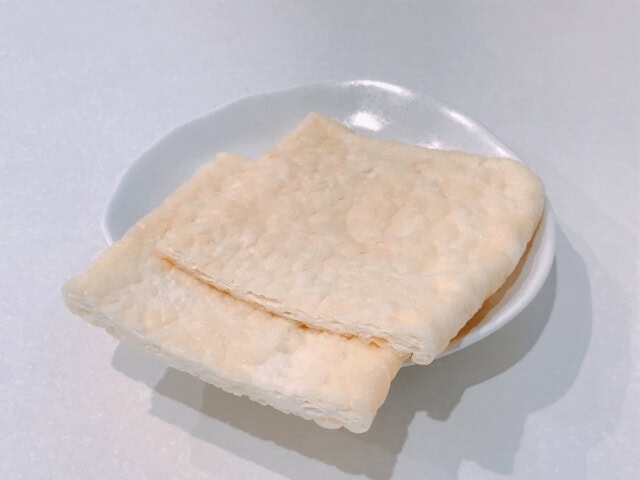
Aburaage is a Japanese food made of thinly sliced ​​tofu and fried in oil, but locals produce them by making tofu using a method different from that of ordinary tofu and then frying it in oil. Japanese deep-fried them first at 110–120 °C, and then again at 180–200 °C. Additionally, they use thinly sliced ​​tofu so the inside is deep-fried. Japanese sometimes abbreviated it as ‘age and they also referred to it as “Inari-age,” “Kitsune-age,” and “Sushi-age. Before refrying, aburaage can also be packed, for instance with nattÅ. A thicker variation is popular as atsu-age (厚æšã’) or nama-age (生æšã’).
Aburaage History
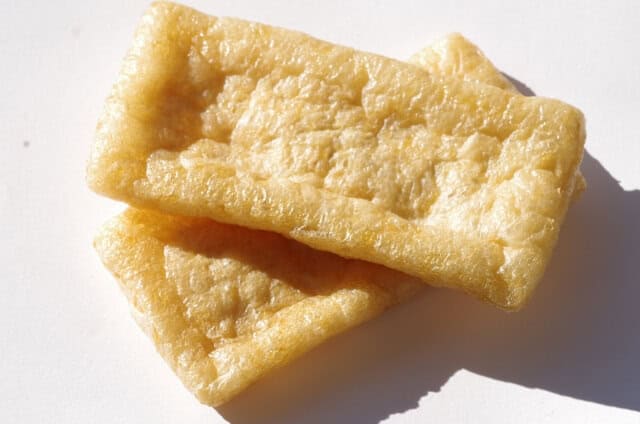
Tofu pouches were invented first by the Japanese. Their early history is, however, poorly understood. It is unclear if the deep-fried tofu in The Tofu Hyakuchin of 1782 (Abe 1972) swelled up like a tofu pouch. By 1853, when inarizushi (fried tofu pouches filled with vinegared rice) first appeared, it is famous that tofu pouches already existed (Ichiyama 1968). Locals believed that monks first created the first deep-fried tofu in the Muromachi period, roughly 500 years ago. According to one myth, a monk invented fried tofu rather than meat.
The monks enjoyed shojin (vegetarian) food during the period, which mostly included vegetables and tofu. Buddhism prohibited the slaughter of animals, hence meat consumption was not permitted. In these situations, they utilized “tofu” in place of meat, and “fried tofu” was created as a consequence of trial and error to make tofu more resembling meat. Therefore, they mostly use the two concepts to make deep-fried tofu.
In ancient times, the royals and aristocrats would often use aburaage as bait when they hunted foxes, which led to the saying that foxes like to eat fried tofu. So in legends, aburaage is one of the foods that Inari likes to eat, and so it also gets nicknames like “Inari fried tofu” or “fox fried tofu”.
Various ways to cook aburaage
Fried tofu miso soup
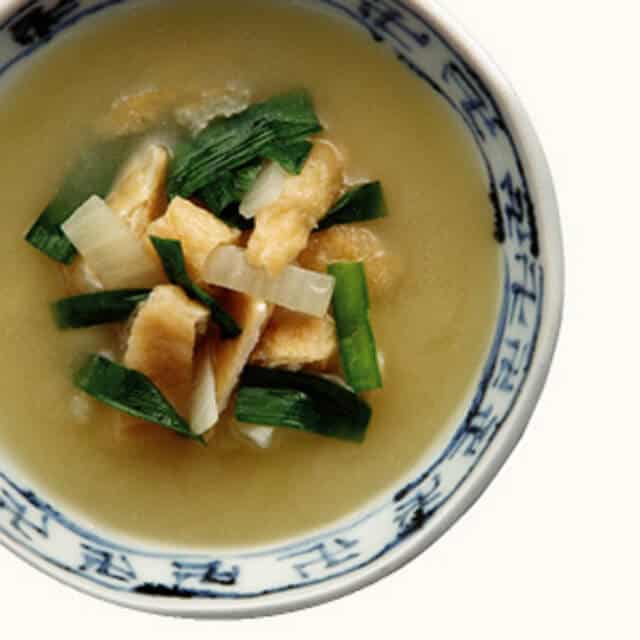
Deep-fried tofu is plump and easy to absorb the flavor, making it a versatile ingredient that goes perfectly with miso soup. In addition to standard vegetables such as onions and bean sprouts, if you combine them with seasonal vegetables such as Chinese chives and spring cabbage, the miso soup will have a richer flavor.
Simple salad with romaine lettuce and fried tofu

The refreshing taste of ponzu dressing made with sesame oil brings out the flavor of salted kelp. You can enjoy it deliciously even if you arrange it with your favorite vegetables.
Fried tofu wrapped in natto cheese

The combination of natto and cheese is outstanding, and it’s easy to eat by wrapping it in fried tofu, and it’s delicious that you can’t help but stretch your hands. You can enjoy various flavors by adding mayonnaise, chili pepper, ponzu sauce, etc. to your liking.
Other tofu-based food in Japan
Yakidofu
Yakidofu is made by draining firm tofu and then grilling it over charcoal or gas to give it a brown mark. It does not crumble easily and is easy to absorb the taste, so is for sukiyaki, simmered dishes, and dengaku.
Namaage (Atsuage) tofu
Namaage tofu is usually made by draining firm tofu and then frying it at a high temperature. They also call it atsuage tofu, which is another name for deep-fried tofu. Locals fry the surface in oil, but the inside is tofu. It has the same shape as tofu, but also has a triangular shape, and widely used in simmered dishes and oden.
Ganmodoki
Ganmodoki is consist of crumbling firm tofu, draining the water thoroughly, adding grated yam to the binder, and kneading the mixture. Cloud ear mushrooms, kombu seaweed, sesame seeds, ginkgo nuts, hemp seeds, etc. are put in, mixed with a machine, and formed into a certain shape (usually a dumpling shape).
Aburaage FAQ
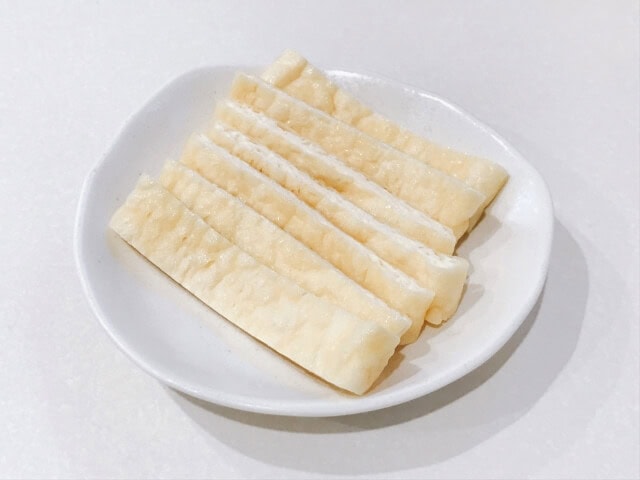
- What are the 2 different types of frying methods Aburaage?
Of the two fryings, the first heating dehydrates the protein, allowing water vapor to escape through the part where the protein has solidified, creating holes and expanding the whole. The second heating creates a protein film that closes the holes, so even when cooled, it becomes spongy without wrinkling.
- What are the other names for aburaage in Japan?
Japanese sometimes abbreviated it as ‘age and they also referred to it as “Inari-age,” “Kitsune-age,” and “Sushi-age.
Aburaage Recipe
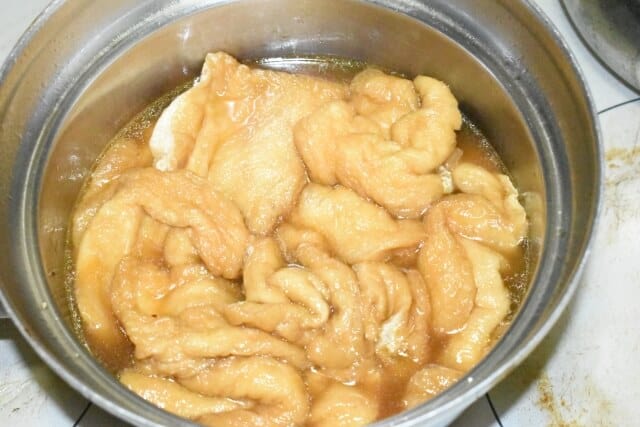
Aburaage Ingredients
| Ingredients of Aburaage for 2 persons | Measurement |
|---|---|
| Firm tofu | 100g |
| Salad oil | 200g |
How to make Aburaage
Cut the cotton tofu to be used so that it is 1 cm in height. If you cut it smaller than 1 cm, it will create large holes when you fry it in oil, so we recommend using this thickness when making it at home.
Wrap the tofu with kitchen paper or bleach to drain the water. When you touch it, you can see that it is hard like cream cheese. At this point, if it feels watery to the touch, the water has not yet been drained.
Drained cotton tofu and put it in as much oil as you think and deep-fried. You can see that the tofu soaked in oil expands a little. After frying in oil for about 20 minutes, remove from the pan.
Raise the temperature of the oil to 180°C and fry the tofu twice. They will be fried vigorously, but don’t worry, fry them for about 5 minutes while rolling them with your chopsticks.
The key to success is draining. If you fry the tofu with water left in it, it will have holes or cracks. Also, no matter how much you raise the temperature of the surface, it will not fry easily. If you use kitchen paper to drain the water, replace the paper frequently and drain the water thoroughly.
Where to buy Aburaage
Taniguchiya (è°·å£å±‹)
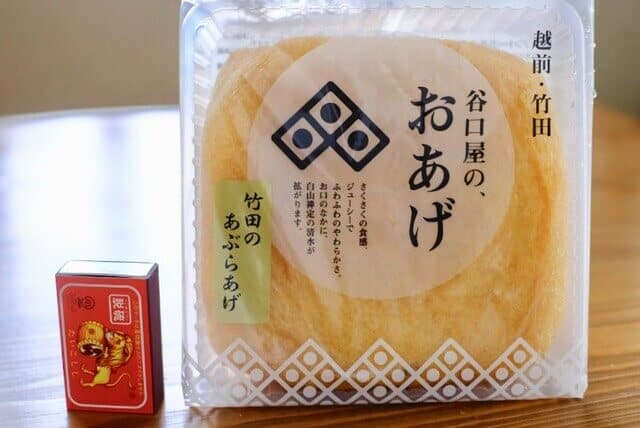
Taniguchiya, a long-established tofu shop founded in 1925 in Sakai City (former Takeda Village), Fukui Prefecture, boasts overwhelming popularity. Taniguchiya’s flagship product, “Taniguchiya no Okage,” is deep-fried for a long time in first-pressed rapeseed oil. It gives off a presence of “protagonist class” that is comparable to meat and fish. You can enjoy the supreme harmony of rich salted butter and light texture. It’s also perfect to accompany white wine and sake.
Ageya Matsubei (ã‚ã’家 æ¾å…µè¡›)

Ageya Matsubei’s “Kinsei Tochio Fried Abura age” has the sweetness and umami of Niigata soybeans and crispy skin. Tochio’s deep-fried tofu usually has a small “hole” made when hanging a metal skewer through it to drain the oil in a limited space. Also, we secure a large space and place it flat to drain the oil and manufacture “Hole-free Tochio-age” with even thickness. You can enjoy a blissful moment when paired with sake from Niigata Prefecture, as well as cold beer.
Ueda Tofu (上田ã¨ã†ãµ)
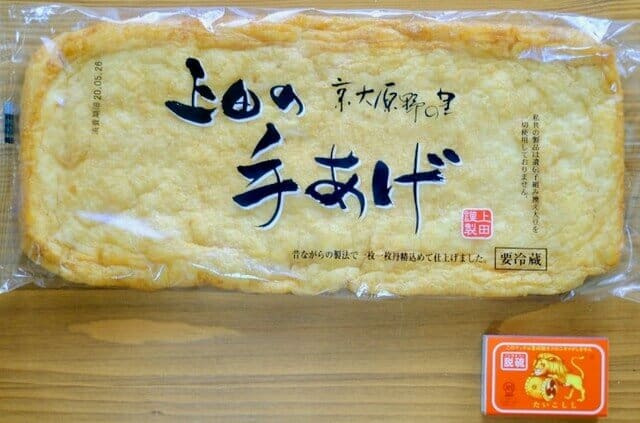
“Oagesan†of Ueda Tofu is 25-30 cm long and 12 cm wide. Compared to fried tofu from Fukui and Niigata, it is thinner and denser, so you can enjoy a moist and thick texture. Rapeseed oil, which has a rich aroma, is the main oil used for frying. The deep-fried tofu, which is deep-fried one by one by a craftsman at low and high temperatures, is a piece that allows you to experience the aroma of rapeseed oil and the juicy taste.
Final Thoughts
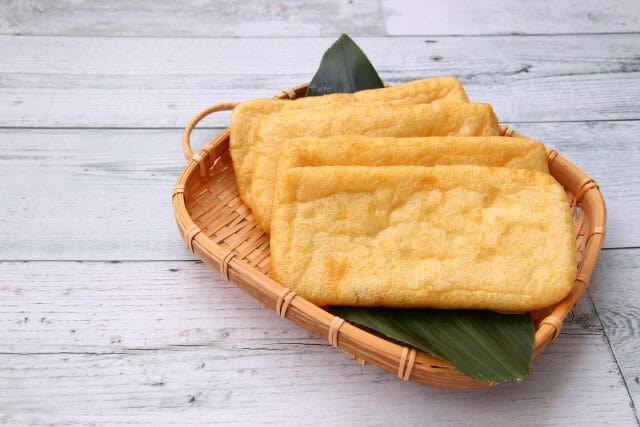
Tofu is a staple of the Japanese diet. It’s a common ingredient in miso soup, where it’s found in small cubes, and they consumed almost every day this way. Deep-fried tofu, or “aburaageâ€, is one of the traditional foods of Japan Aburaage is more sturdy and flexible than firm tofu and can be opened up like a pita and wrapped around rice or other fillings. There are a million kinds of tofu and tofu-related products, and everybody loves them because the Japanese just love soybeans and all their derivatives.
There are other tofu-based Japanese dishes you can taste such as Yudofu, Tamago Tofu, Tatsuta age, and Goma Tofu.






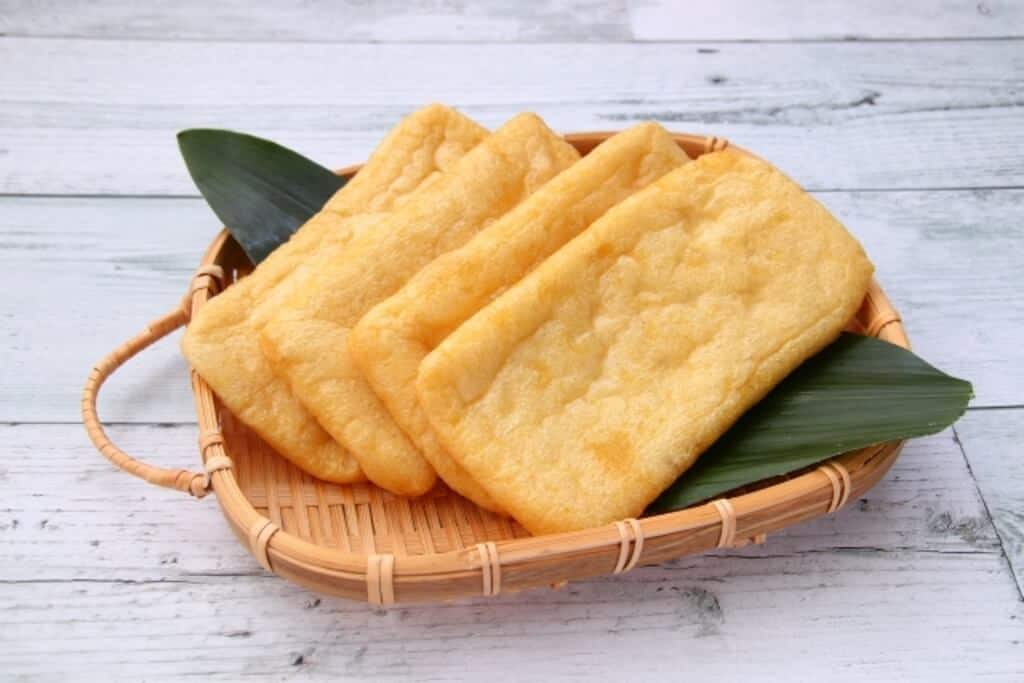
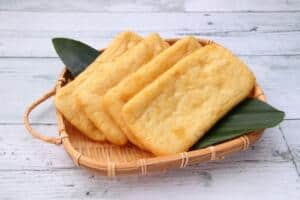
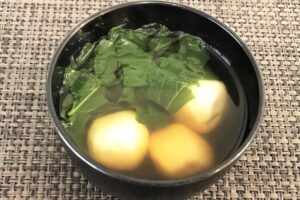
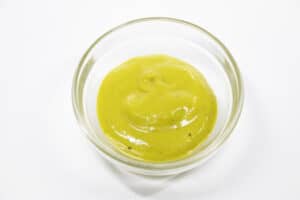
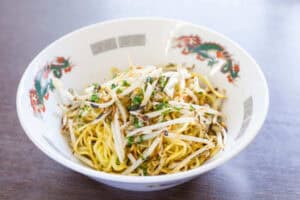
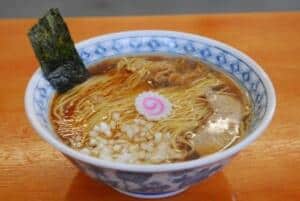
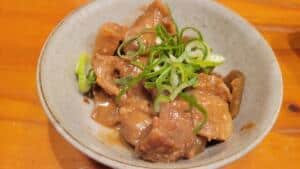

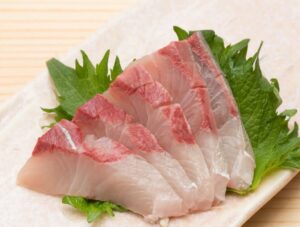
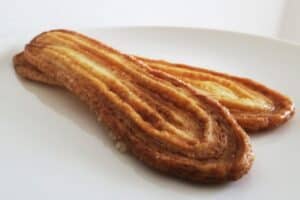
Comments